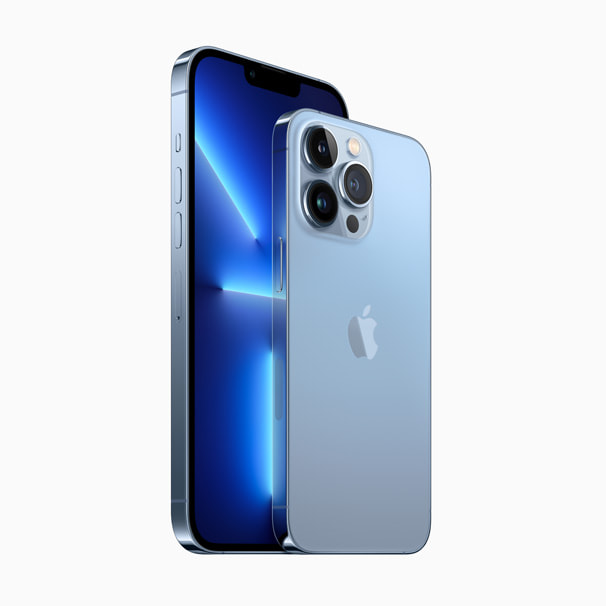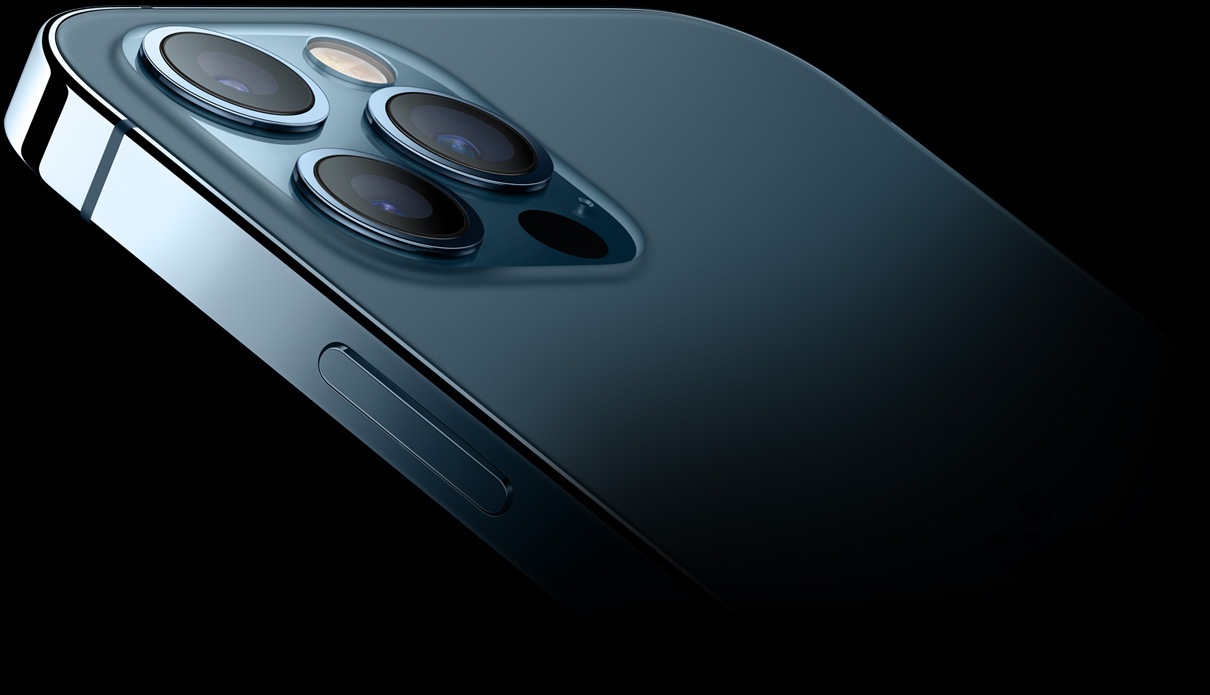
While the larger battery would have been the ideal time for Apple to roll out an always-on display, it hasn't done so. For HDR content, that brightness goes up to 1,200 nits. You're getting a 6.7-inch OLED panel with a resolution of 2778x1284, HDR, True Tone, and a maximum brightness of up to 1,000 nits - 200 more than last year. Apple doesn't enforce any such guidelines for the iPad Pro, and it is likely that battery life was a consideration in its decision to do so here.Īs for the screen size itself, it is unchanged from last year.
#APPLE 13 PRO MAX UPDATE#
Third-party apps and games are still at 60Hz, with Apple asking developers to update their apps to optimize for the 120Hz mode. While the 120Hz panel has been long overdue, Apple is currently limiting the mode to its own apps. Then there are utilities like Adobe Fresco that will dynamically scale the refresh rate based on your interactions.

For instance, intense fighting sequences within a game will kick the screen up to 120Hz, while navigating the menu will bring it down to 30Hz. For static content, the refresh rate will go down to 10Hz, movies and videos play at 24Hz, and games scale from 30Hz to 120Hz based on the scenario. Like most phones with a 120Hz panel, the iPhone 13 Pro Max uses a variable refresh rate to maximize battery life.

The 120Hz ProMotion screen by itself is enough to entice users away from older iPhones.
#APPLE 13 PRO MAX FULL#
It's great to be able to take full advantage of the fluid scrolling on an iPhone, and while it isn't like the iPhone 12 was slow by any measure, the switch to a 120Hz panel gives the iPhone 13 Pro Max a level of immediacy that you just don't get from its predecessors. The iPhone 13 Pro Max comes with a variable refresh rate panel that goes from 10Hz all the way to 120Hz, and it makes a huge difference in day-to-day use. Apple stuck with a familiar design because that's the easiest way to cram all the modules necessary for Face ID, but in 2021, the notch looks outdated.Ī more welcome change is the switch to ProMotion. However, even this smaller notch looks ungainly and isn't anywhere as seamless as the hole-punch cutout that's standard fare on Android. The biggest change in terms of design is at the front, with the iPhone 13 Pro Max touting a thinner notch that's marginally taller from last year. In fact, the dimensions are virtually unchanged the iPhone 13 Pro Max has the same 160.8mm height and 78.1mm width as its predecessor and is marginally thicker at 7.7mm and heavier by 12g (238g). Other than that and a smaller notch, the design is nearly identical to last year. The iPhone 13 Pro Max is available in Graphite, Sierra Blue, Silver, and Gold color options, with this year's blue option offering a slightly lighter shade from last year's Pacific Blue. The back itself is made out of glass, but you get a frosted matte finish that minimizes fingerprint smudges and makes the phone just that little bit easier to hold. The rings jut some more from the housing, and while there isn't too much wobble when using the iPhone 13 Pro Max flat on a surface, you'll want to use a case with the phone. The iPhone 13 Pro Max has the same aesthetic as last year, with the cameras dominating the design. The three camera modules are encased in large rings, and they sit in a square housing that protrudes from the chassis.

The phone continues the same aesthetic with the flat sides and rectangular chassis, and the design at the back is dominated by the camera housing.

If there's one thing about the iPhone 13 Pro Max that hasn't changed from last year, it is the design.
#APPLE 13 PRO MAX ANDROID#
Source: Apoorva Bhardwaj / Android Central (Image credit: Source: Apoorva Bhardwaj / Android Central)


 0 kommentar(er)
0 kommentar(er)
